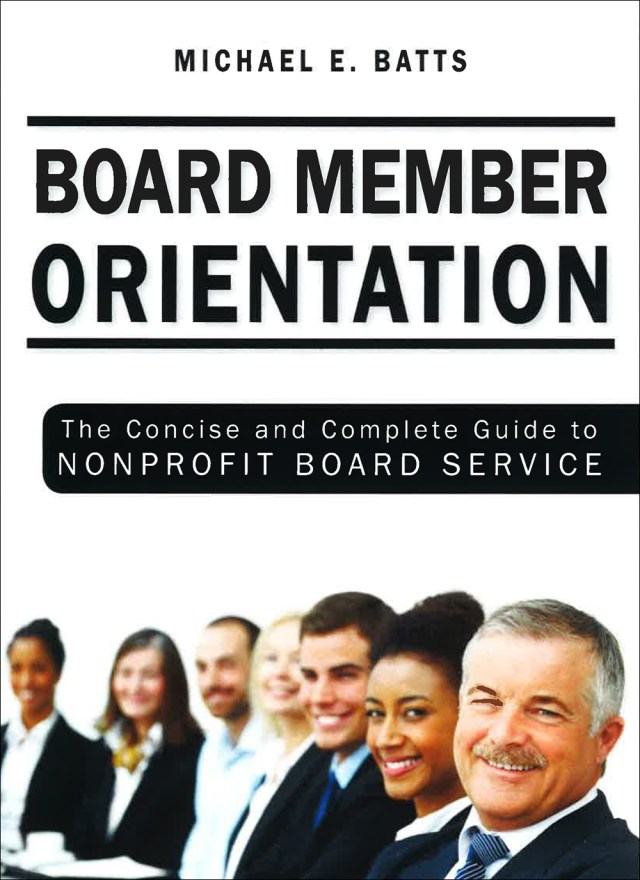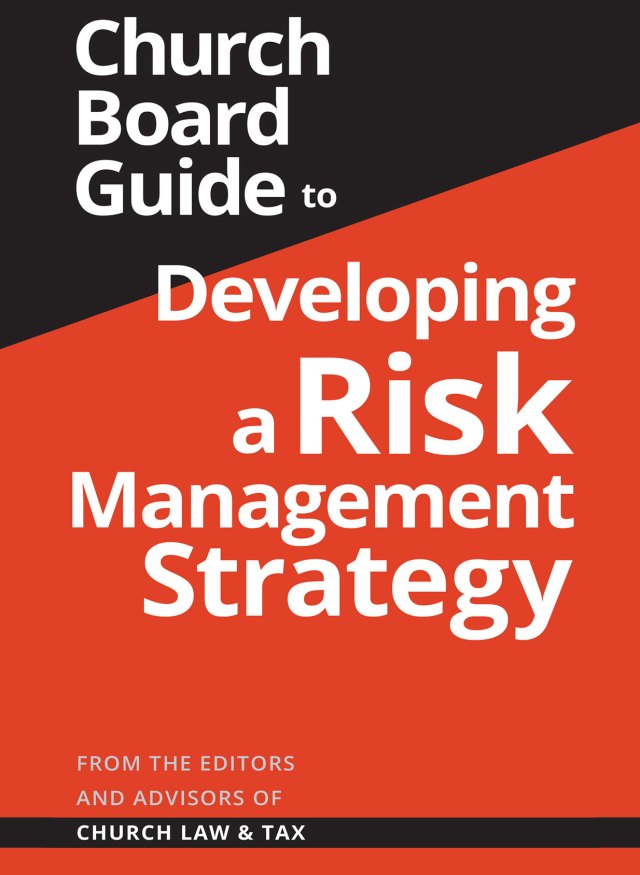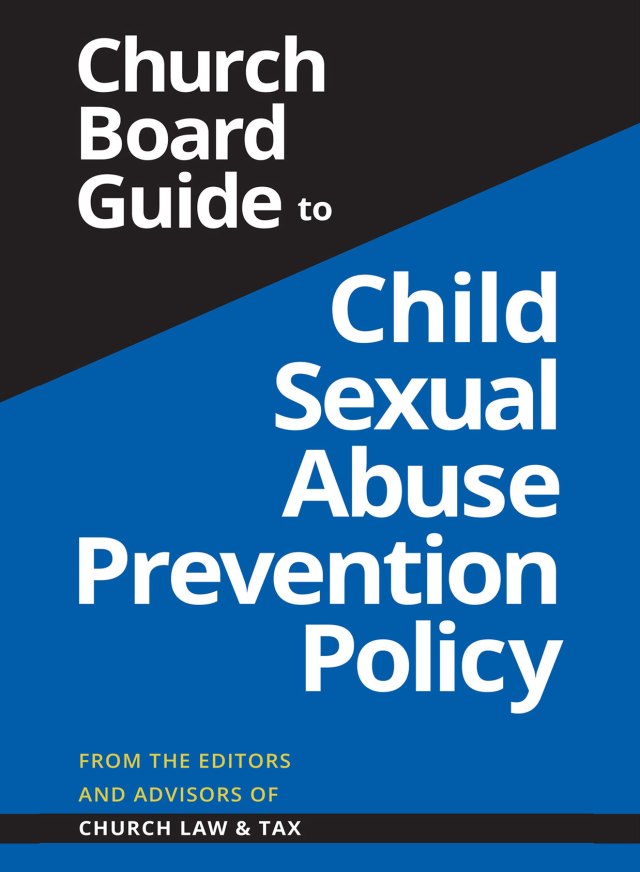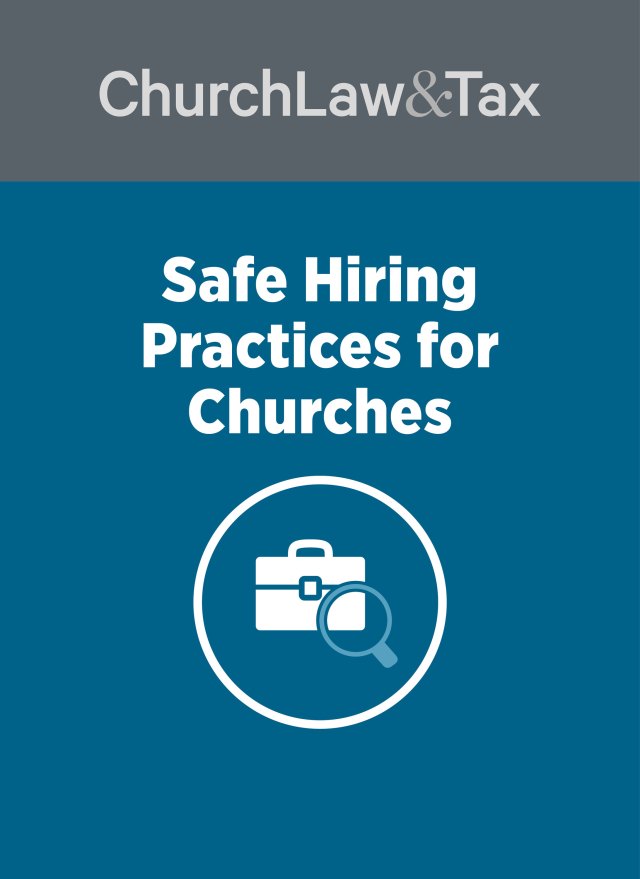1. Introduction & Case Overview
A 2017 appellate court decision in California involving a youth soccer organization holds powerful implications for church leaders.
Why It Matters
In Doe v. United States Youth Soccer Association, the court ruled that organizations have a legal duty to perform criminal background checks on employees and volunteers. If they don’t, they could be liable for sexual abuse committed by unscreened individuals.
This was the first reported case in the U.S. where a court clearly reached this conclusion. Although the ruling is binding only in California, it may influence courts in other states.
Key takeaway: All youth-serving organizations—including churches—must take this ruling seriously.
2. Case Facts & Legal Background
What Happened
- A 12-year-old girl was sexually abused by her soccer coach.
- She sued multiple soccer associations—national, state, and local—for negligence and willful misconduct.
- Her claim: The organizations failed to screen the coach, educate her or her parents, or warn them about the risks of sexual abuse.
Legal Process
- A trial court dismissed her case, stating the organizations had no duty to protect her from the criminal actions of a third party.
- The plaintiff appealed.
- The state appeals court reversed the dismissal, ruling that the defendants had a duty to conduct criminal background checks for anyone interacting with minors in their programs.
3. The KidSafe Program
In 1994, U.S. Youth Soccer recognized that pedophiles were being drawn to youth sports programs. In response, it developed the KidSafe Program.
Program Features
- Designed to educate adults and players about preventing and detecting sexual abuse.
- Aimed to exclude anyone convicted of felonies, violent crimes, or crimes against persons.
- Materials included:
- Pamphlets distributed to state associations.
- Training guidelines for parents and volunteers.
- Lists of red flags and safety tips.
- Presentations at national and regional meetings.
Implementation Gaps
- Training was not mandatory for local coaches or volunteers.
- No meetings were held with parents to explain the program.
- The local and state associations did not proactively share the pamphlets with parents.
4. Coach’s Conduct & Organizational Response
After joining a local soccer club in 2011, the plaintiff experienced a series of troubling interactions with her coach that violated multiple safety guidelines.
Violations Included:
- Being alone with the minor during practices and travel.
- Excessive and inappropriate physical contact.
- Use of foul language and harsh discipline.
- Grooming behavior: Visiting the family, offering rides, and building trust to gain unsupervised access.
Organizational Response:
- After parent complaints, the coach was reassigned—not removed.
- He continued to select the plaintiff for practices.
- In November 2011, the club suspended him—but did not inform the girl’s parents of the reason, failing to alert them to the risk.
5. Criminal Records Checks & Oversight Failures
Background Screening Policy
U.S. Youth Soccer required its state affiliates to collect and screen criminal conviction data for adults interacting with youth. It even negotiated $2.50 background checks with a national provider and tracked which affiliates complied.
Key Failures
- The local club did not run background checks, despite a history of abuse by other volunteers.
- When the coach applied in 2010, he lied on his self-disclosure form, denying any past offenses.
- He had a 2007 domestic violence conviction, which would have been flagged by a background check.
- Despite knowing self-disclosure was unreliable, national youth soccer made screening optional.
- Risk management memos acknowledged that not screening could lead to liability.
6. Court’s Ruling & Legal Reasoning
The court ruled that the plaintiff’s negligence claim could move forward, based on the defendants’ failure to:
- Conduct criminal background checks.
- Warn or educate families about the risk of sexual abuse.
Duty to Protect
Although there’s generally no legal duty to protect someone from a third party’s criminal actions, exceptions exist.
“A defendant may owe an affirmative duty if there’s a special relationship and foreseeable harm.”
The court found such a special relationship between:
- The plaintiff (a minor) and the youth soccer organizations.
- Entities that control access and supervision of vulnerable children.
Foreseeability of Harm
The court emphasized:
- Youth soccer organizations were aware of 2–5 annual abuse cases.
- The KidSafe Program acknowledged that youth sports attract predators.
- Prior incidents, including those involving a Hall of Fame coach, showed a pattern.
Rebutting the Defense
- Defendants claimed the cost and burden of background checks were too high.
- The court rejected this, noting:
- Most state associations already did background checks.
- Checks were inexpensive—and free in California for nonprofits.
- 900,000 checks at $2.50 would cost $2.25 million—but individuals or teams could bear that cost.
Conclusion:
“Defendants had a duty to require and conduct background checks. Preventing harm to children is a paramount goal. The plaintiff’s complaint states sufficient facts to constitute a cause of action for negligence.”
7. Why This Matters for Church Leaders
Though this case applies directly to California, it sends a clear message to all youth-serving organizations, including churches.
Legal Principle: Negligence
Generally, there’s no duty to protect against third-party crimes—unless:
- There’s a special relationship.
- Harm is reasonably foreseeable.
In this case, both conditions were met.
Church Application
- Like sports organizations, churches that work with minors have a special relationship.
- The risk of abuse is reasonably foreseeable, especially when:
- There’s a known history of incidents.
- Preventative measures like background checks are easy and affordable.
8. Understanding Pedophilia & Offender Behavior
What Is Pedophilic Disorder?
Defined by the DSM-5 as:
- Intense, recurrent sexual urges or behaviors involving prepubescent children.
- Offender is at least 16 years old and 5 years older than the victim.
- Causes distress or has been acted upon.
Key Characteristics (from FBI & ATSA sources):
- Promiscuity – Often have many victims.
- Predatory Behavior – Grooming through access, trust, and authority.
- Incurability – Psychological disorder with no known cure.
- High Recidivism Rates – Offenders frequently reoffend.
“Predatory pedophiles, especially those who molest boys, are the sex offenders who have the highest recidivism rates.” — Association for the Treatment of Sexual Abusers
Bottom line: Youth-serving programs—including churches—are prime targets for these offenders. Constant vigilance is non-negotiable.
9. Risk Management Implications for Churches
This case was the first reported ruling that clearly established a legal duty for youth-serving charities to run background checks.
Why Background Checks Are a Best Practice
- National precedent: Many nonprofits and public schools already require them.
- Community standard: Not following it may be viewed as negligence in court.
- Legal trends: Other courts may adopt similar reasoning in future cases.
10. 14-Point Risk Management Strategy for Churches
Church leaders should adopt a comprehensive risk management strategy, not just background checks.
1. Interview Applicants
Ask about past work with children and assess suitability.
2. Written Applications
Include:
- Personal details
- Criminal history
- List of prior youth organizations
- Two or more references
3. Institutional References
Prior employers in youth settings offer the most reliable insight. Follow up by phone and document conversations.
4. Six-Month Rule
Only allow volunteers with six months of active membership to serve with minors.
5. Benchmarking
Compare your policies with:
- Public schools
- YMCA
- Scouts
- Other churches
6. Legal Review
Have an attorney regularly review your screening policies.
7. Two-Adult Rule
Never allow a child to be alone with an unrelated adult.
8. Criminal Background Checks
Run checks on all youth workers. Exclude anyone on a sex offender registry or with disqualifying crimes.
9. Prompt Abuse Reporting
Know your state’s laws. Report suspected abuse immediately. Keep written records of all reports.
10. Address High-Risk Behavior
Immediately act on:
- One-on-one trips
- Sleepovers
- Excessive photo-taking
- Private meetings
11. Social Media Policy
Prohibit private messaging between youth leaders and minors. Model your policy on local public schools.
12. Training
Regularly train staff and volunteers to recognize and report abuse. Review these 14 recommendations during sessions.
13. Supervision Standards
Ensure adequate supervision by:
- Locking unused spaces
- Using cameras
- Avoiding early releases
- Being vigilant during off-site activities
14. Use of Video Technology
Install cameras in key areas:
- Nurseries (for safety and documentation)
- Hallways outside restrooms
- Entrances and gathering spaces
Final Note
Key Point: These strategies are not just about legal compliance—they’re about protecting vulnerable children. When protection is the primary goal, churches are more likely to maintain long-term, consistent safety practices.





